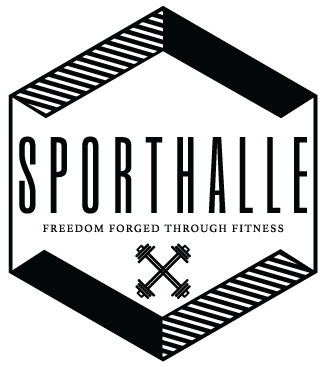Personal training and group classes both have their merits. Choosing which is best for you depends on your preferences, goals, and circumstances. Here’s why personal training might be a preferred option:
Tailored Attention: Personal training offers one-on-one attention from a certified fitness professional. This means the workout plan is entirely customized to your goals, fitness level, and any specific needs or limitations you may have. In contrast, group classes typically follow a standardized format designed to accommodate a range of participants, which may not address your unique requirements.
Individualized Progression: With personal training, your trainer can closely monitor progress and make adjustments as needed. Whether it’s increasing the intensity, modifying exercises, or refining techniques, the program evolves with you to ensure continuous improvement. In a group class setting, progression may be more generalized.
Focused Support and Feedback: Personal trainers provide focused support and feedback throughout the entire session. They can correct form, offer encouragement, and provide immediate guidance to maximize the effectiveness of each exercise. While you still receive excellent coaching in group classes, the instructor’s focus is divided among multiple participants.
Flexibility in Scheduling: Personal training sessions can be scheduled at times that are convenient for you, allowing for greater flexibility and adherence to a consistent workout routine. Group classes, on the other hand, typically adhere to fixed schedules, which may not always align with your availability or preferences.
Accountability and Motivation: The accountability factor in personal training is significant. Knowing that you have a dedicated appointment with a trainer can be a powerful motivator to show up and give it your all. Additionally, the personalized relationship you have with your trainer often fosters a stronger sense of commitment and accountability compared to group settings.
Customized Attention to Goals: Personal trainers work closely with clients to set realistic and achievable goals, whether it’s weight loss, muscle gain, improved flexibility, specific skill development or enhanced overall fitness. They then develop a tailored plan to help you reach these goals efficiently and effectively. While group classes may offer a general workout structure, personal training allows for more targeted goal-setting and programming.
Personal training provides a level of individualized attention, customization, and support while group classes take a more generalized approach. Either option can help you achieve your goals, and increase your overall health and fitness. We can help you decide which is the best option for you! Schedule a no-sweat-intro or a sit down with one of our coaches! This is our opportunity to assess your goals and design a plan that will be the most effective for achieving your goals. Group classes might be the perfect fit, or you may be better suited to a more tailored approach through personal training.


 Reishi has immune boosting properties, has shown to have anti cancer properties, is said to fight off fatigue and depression, and may have heart and blood sugar benefits.
Reishi has immune boosting properties, has shown to have anti cancer properties, is said to fight off fatigue and depression, and may have heart and blood sugar benefits.